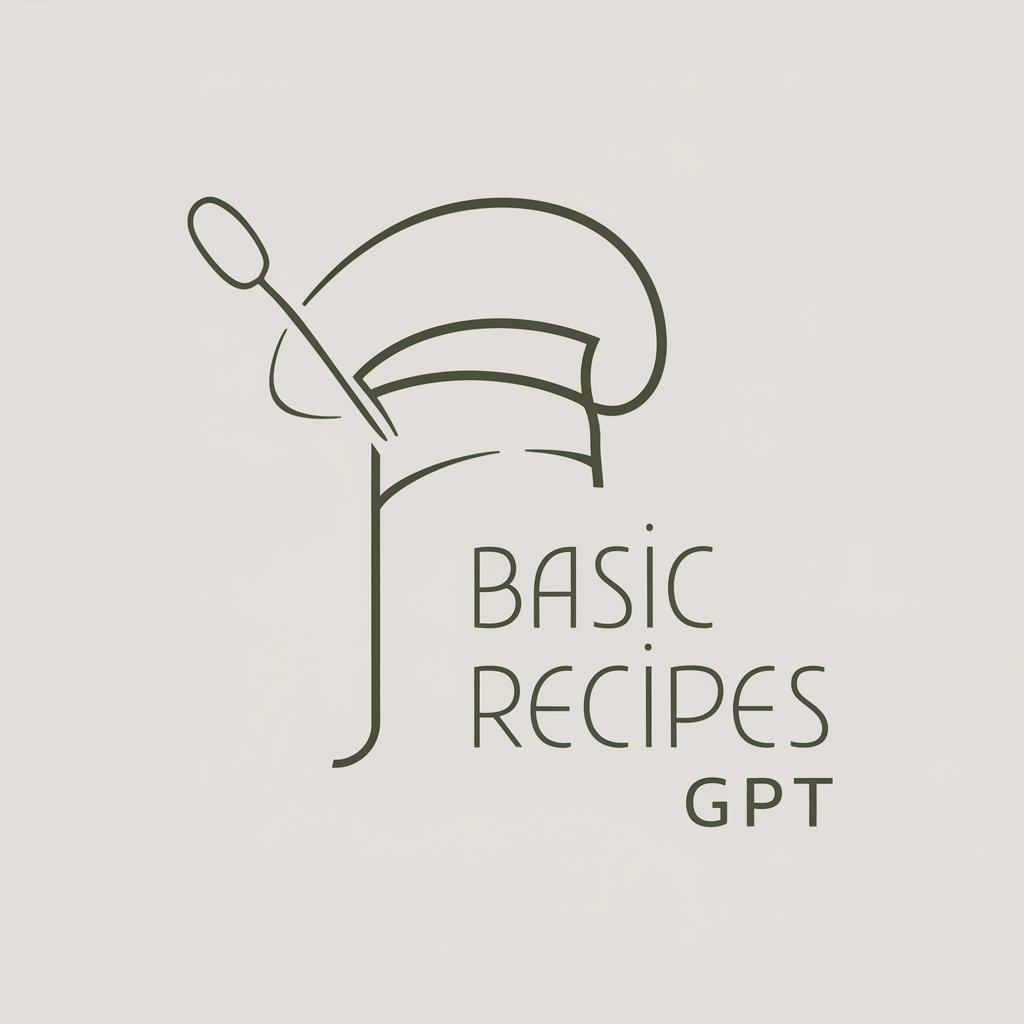
Bioconda recipe helper - Bioconda Recipe Support

Welcome! How can I assist you with your Bioconda recipe?
Simplify Bioconda submissions with AI
Explain how to resolve dependency conflicts in Bioconda recipes...
Guide me through fixing syntax errors in a Bioconda recipe...
How can I interpret CI test logs for my Bioconda package...
What are the best practices for contributing to Bioconda...
Get Embed Code
Introduction to Bioconda Recipe Helper
Bioconda Recipe Helper is a specialized tool designed to assist users in creating and troubleshooting recipes for the Bioconda project, a channel within the Conda package management system focused on bioinformatics software. This helper tool is built to provide guidance adhering to the Bioconda community's contributing guidelines, facilitating the development, submission, and maintenance of software packages. It assists users in navigating common challenges such as syntax errors, dependency conflicts, compatibility issues, and interpreting Continuous Integration (CI) test logs. For example, if a user encounters a build failure due to an unresolved dependency, Bioconda Recipe Helper can suggest ways to identify the correct version of the dependency or propose alternative solutions like patching the recipe to bypass the issue. Powered by ChatGPT-4o。

Main Functions of Bioconda Recipe Helper
Syntax Error Resolution
Example
Detecting and correcting errors in the meta.yaml file.
Scenario
A user submits a recipe with incorrect syntax in the meta.yaml file, leading to a failure in the automated build process. Bioconda Recipe Helper provides detailed instructions on how to locate and correct the syntax errors, ensuring the recipe adheres to the YAML format required by Conda.
Dependency Conflict Resolution
Example
Identifying and resolving conflicts between software dependencies.
Scenario
During the recipe building process, a user encounters a dependency conflict where two packages require different versions of the same dependency. The helper suggests methods to find compatible versions or adjust the recipe to accommodate the conflicting requirements.
Compatibility Issue Guidance
Example
Advising on compatibility between software versions and operating systems.
Scenario
A user is trying to package software that is only compatible with a specific version of an operating system. Bioconda Recipe Helper offers strategies to define these constraints within the recipe, ensuring the package is only built and installed in compatible environments.
CI Test Log Interpretation
Example
Assisting users in understanding and acting on CI test logs.
Scenario
After submitting a recipe, a user finds that the automated CI tests have failed. Bioconda Recipe Helper helps interpret the log files, pinpointing the cause of the failure and providing actionable advice on how to fix the issue for a successful re-submission.
Ideal Users of Bioconda Recipe Helper Services
Bioinformatics Software Developers
Developers looking to distribute their software through Bioconda will find this tool invaluable for preparing and debugging their Conda recipes, ensuring smooth integration with the Bioconda repository.
Bioinformatics Researchers
Researchers who require specific software for their projects can use the helper to create or modify existing recipes to meet their project's requirements, enabling them to easily install and manage bioinformatics tools.
Bioconda Contributors and Maintainers
Individuals actively contributing to the Bioconda project will benefit from the helper's guidance on best practices, recipe standards, and troubleshooting tips, streamlining the process of reviewing and merging package submissions.

Using Bioconda Recipe Helper: A Quick Guide
1
Start by visiting a platform that offers hassle-free access to AI-powered tools without the need for signing up or subscribing to premium services.
2
Familiarize yourself with Bioconda's contributing guidelines to understand the format, requirements, and standards for submitting recipes.
3
Prepare your recipe by ensuring that all dependencies are correctly specified and that the package meets Bioconda compatibility criteria.
4
Use the Bioconda Recipe Helper to validate your recipe, checking for syntax errors, dependency issues, and compatibility with Bioconda environments.
5
Submit your recipe to the Bioconda GitHub repository, and use the feedback from the continuous integration (CI) system to make any necessary adjustments.
Try other advanced and practical GPTs
Project Manager GPT
Empowering Project Success with AI Expertise

SEO-article PRO - Licht der Freiheit
Elevate Your SEO Game with AI-Powered Writing

Anime Hauntings, a text adventure game
Navigate your haunting anime tale.

SPACE-α
Unlock insights with AI-powered precision
Logo Craft Pro
Crafting Logos with AI Precision

GPT Genesis
Empowering AI innovation with ethics and adaptability.

inseadGPT
Empowering Business Decisions with AI Expertise

Blog to Brand Brainstorm Bot
Turn blogs into brands with AI

Minimally Anatomy Guru
Unlocking Anatomy with AI

Cannabis Equity Advocate
Empowering Equity in Cannabis with AI

Script Companion
Master Your Lines with AI

TutorAI
Empowering learning with AI-driven tutoring

Frequently Asked Questions about Bioconda Recipe Helper
What is Bioconda Recipe Helper?
Bioconda Recipe Helper is a specialized AI tool designed to assist users in creating and troubleshooting Bioconda recipes. It helps validate recipe syntax, manage dependencies, and ensure compatibility with Bioconda's environment.
How can I troubleshoot a failed Bioconda recipe submission?
Use the Bioconda Recipe Helper to analyze CI test logs, identify errors or dependency conflicts, and follow the tool's guidance to resolve these issues. It provides actionable insights based on Bioconda's contributing guidelines.
Can Bioconda Recipe Helper recommend package dependencies?
Yes, the tool can suggest dependencies by analyzing your recipe and the requirements of your software, ensuring that all necessary libraries are included for optimal functionality within the Bioconda ecosystem.
Is Bioconda Recipe Helper suitable for beginners?
Absolutely. The tool is designed to be user-friendly, providing step-by-step guidance that is accessible even to individuals new to package development and submission processes in Bioconda.
How does Bioconda Recipe Helper stay updated with Bioconda guidelines?
The tool is regularly updated to align with the latest Bioconda contributing guidelines and standards. It incorporates changes in Bioconda's submission requirements and dependency management practices to provide users with current and accurate advice.





